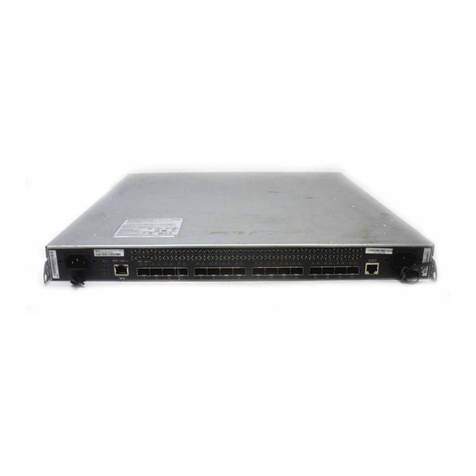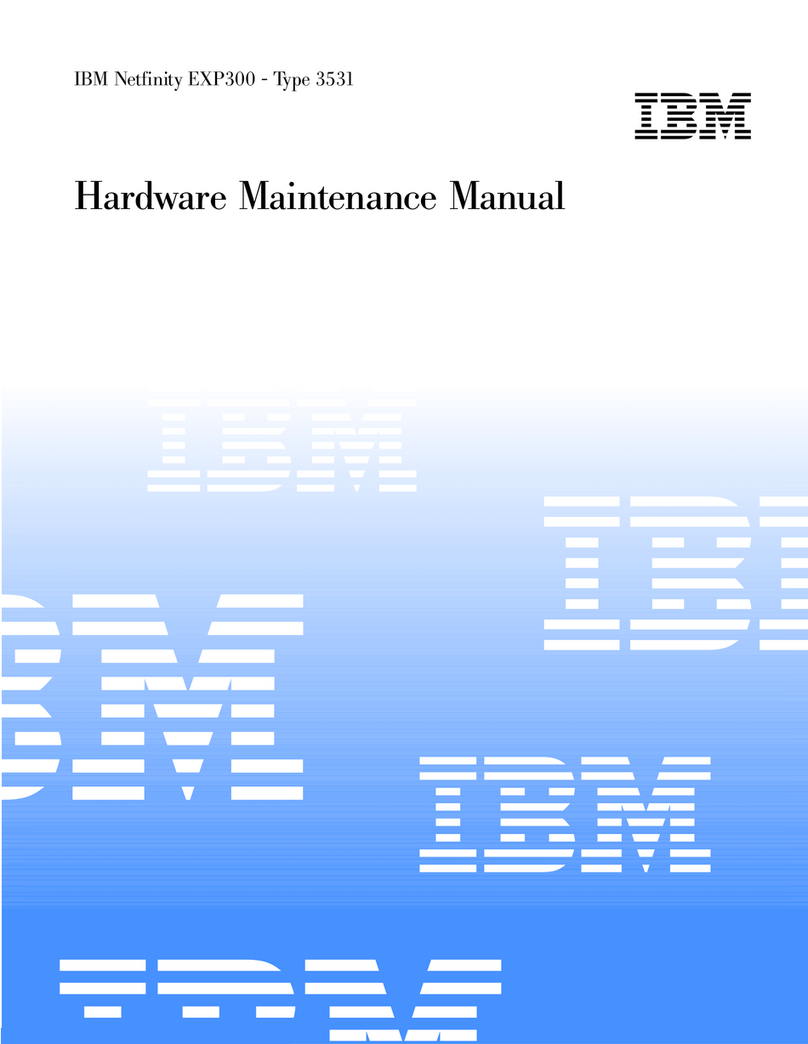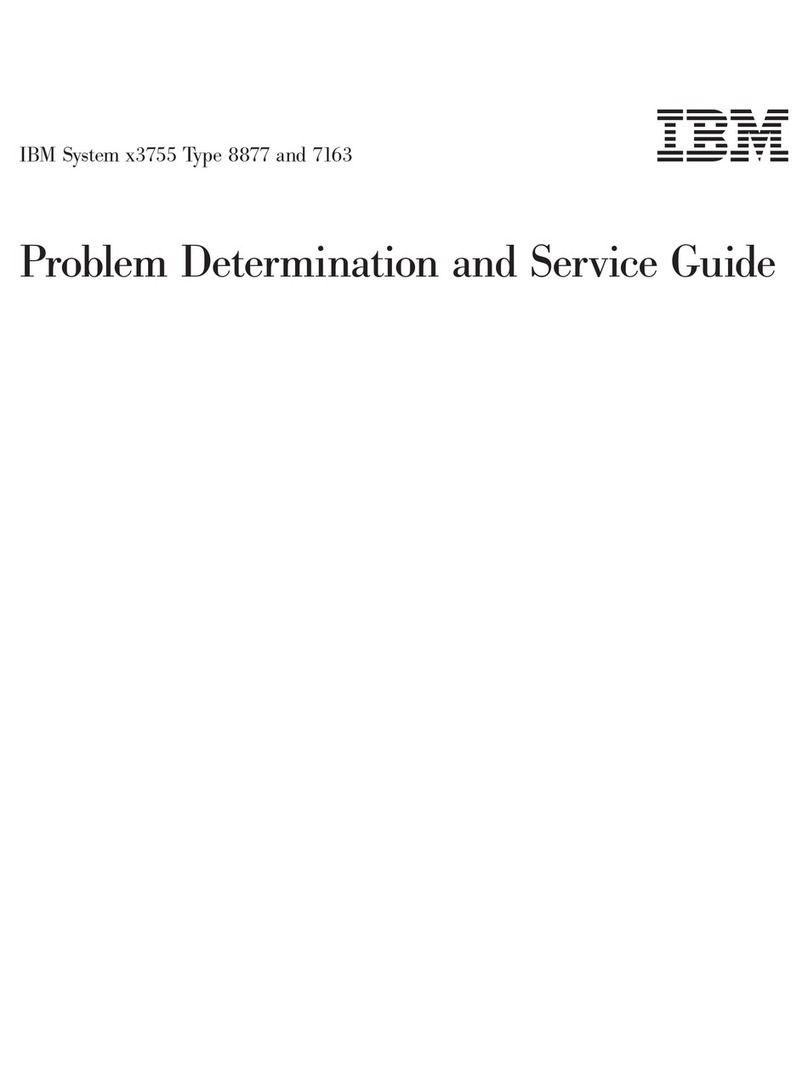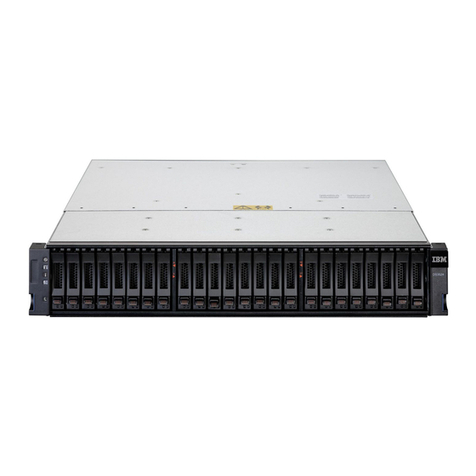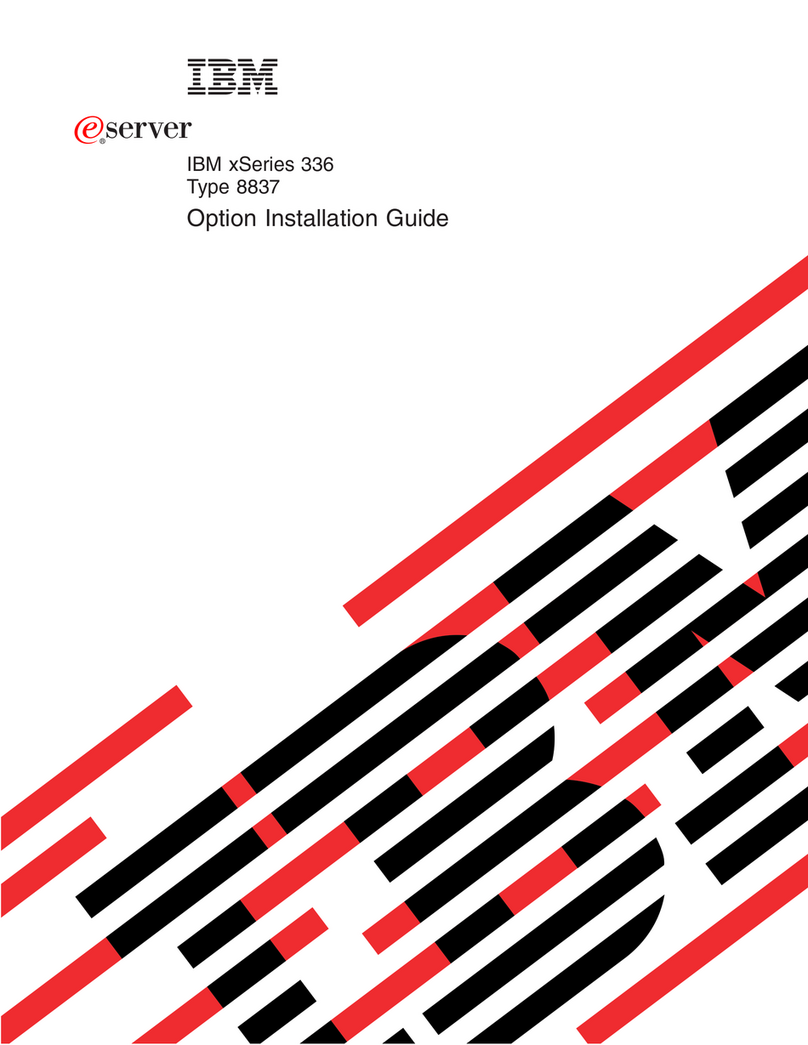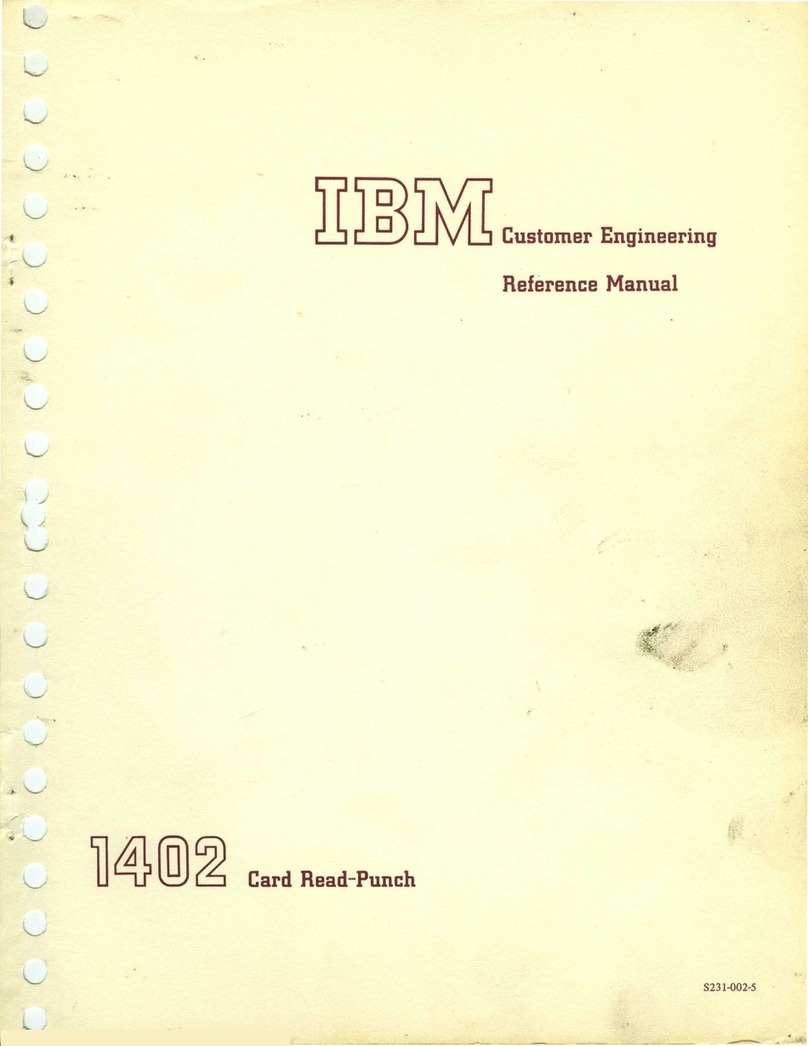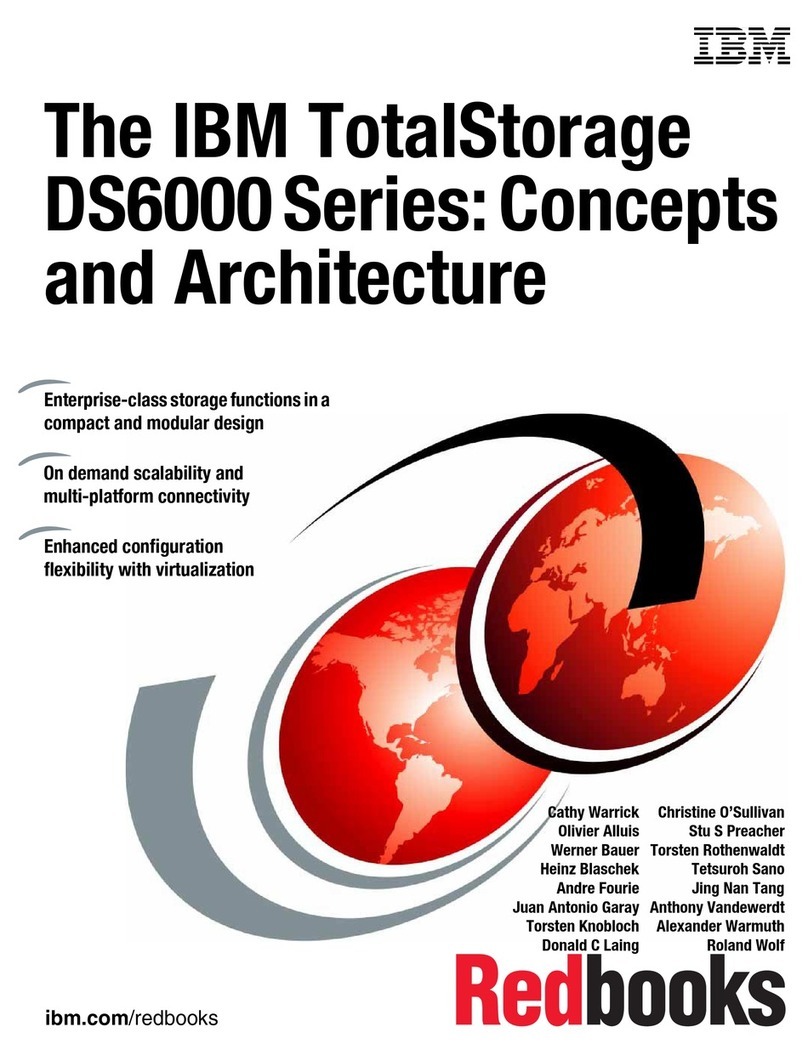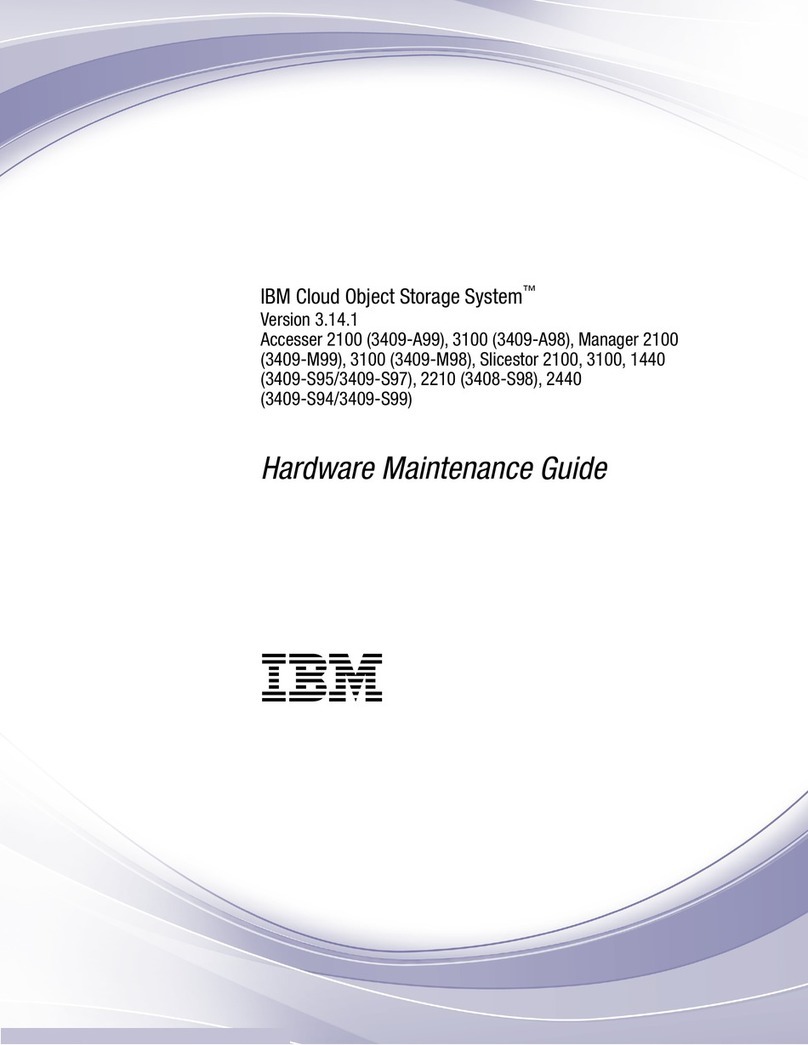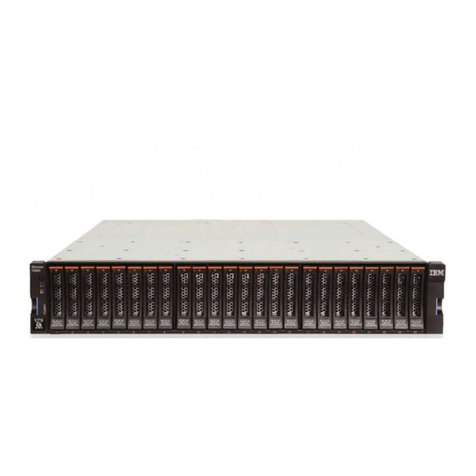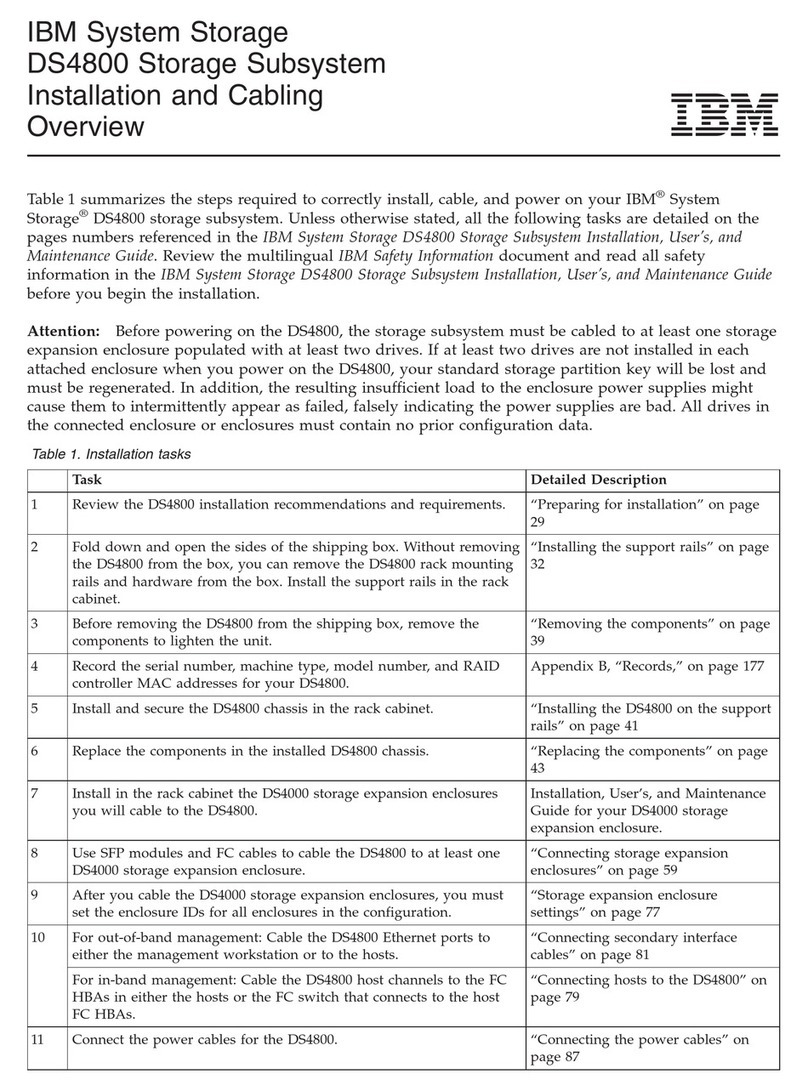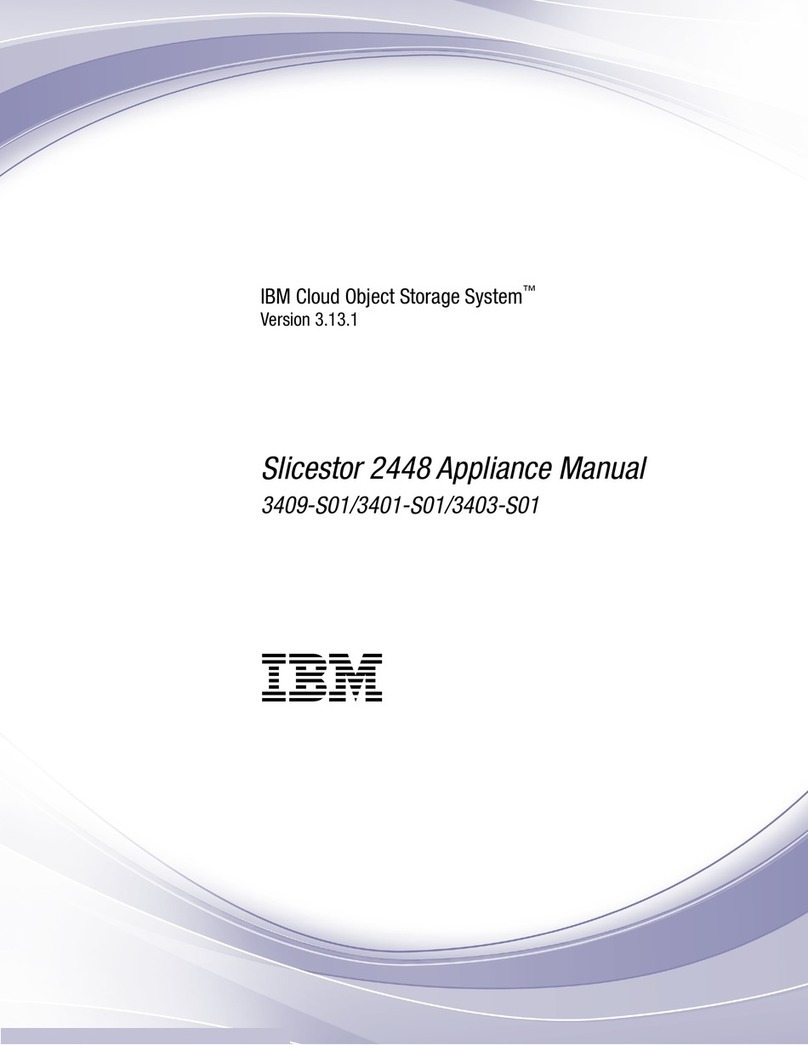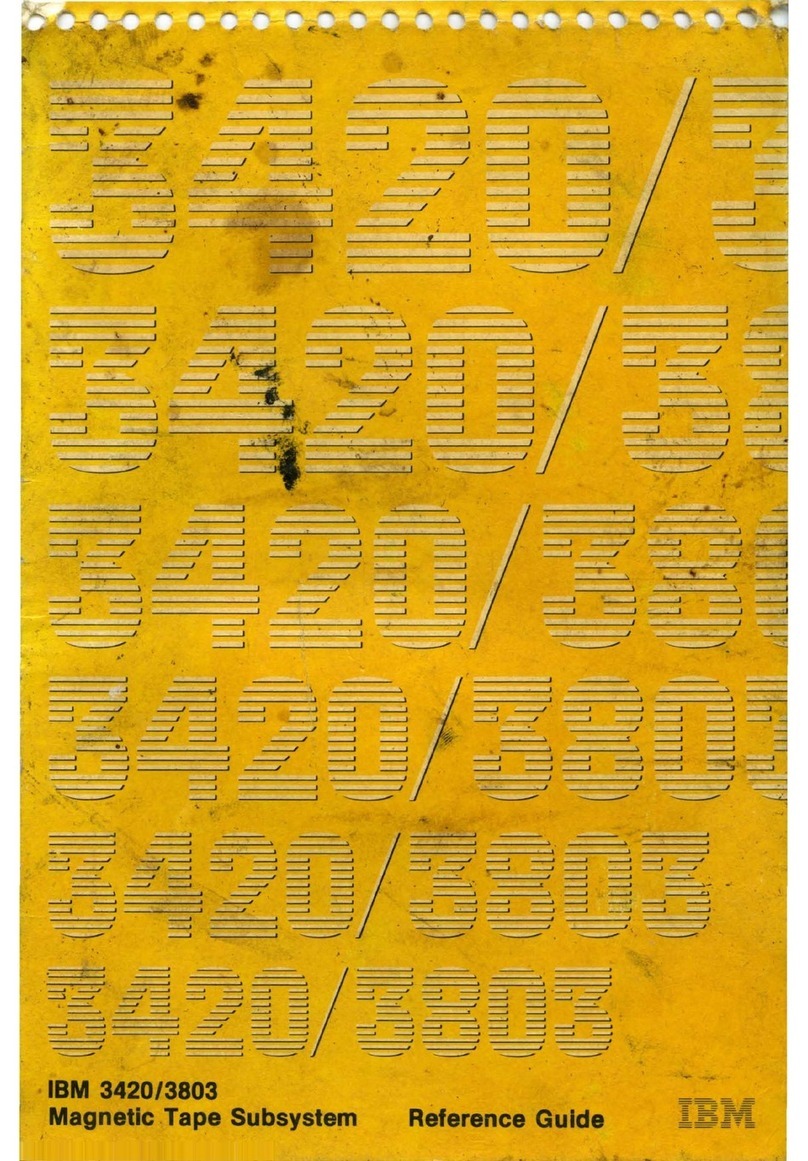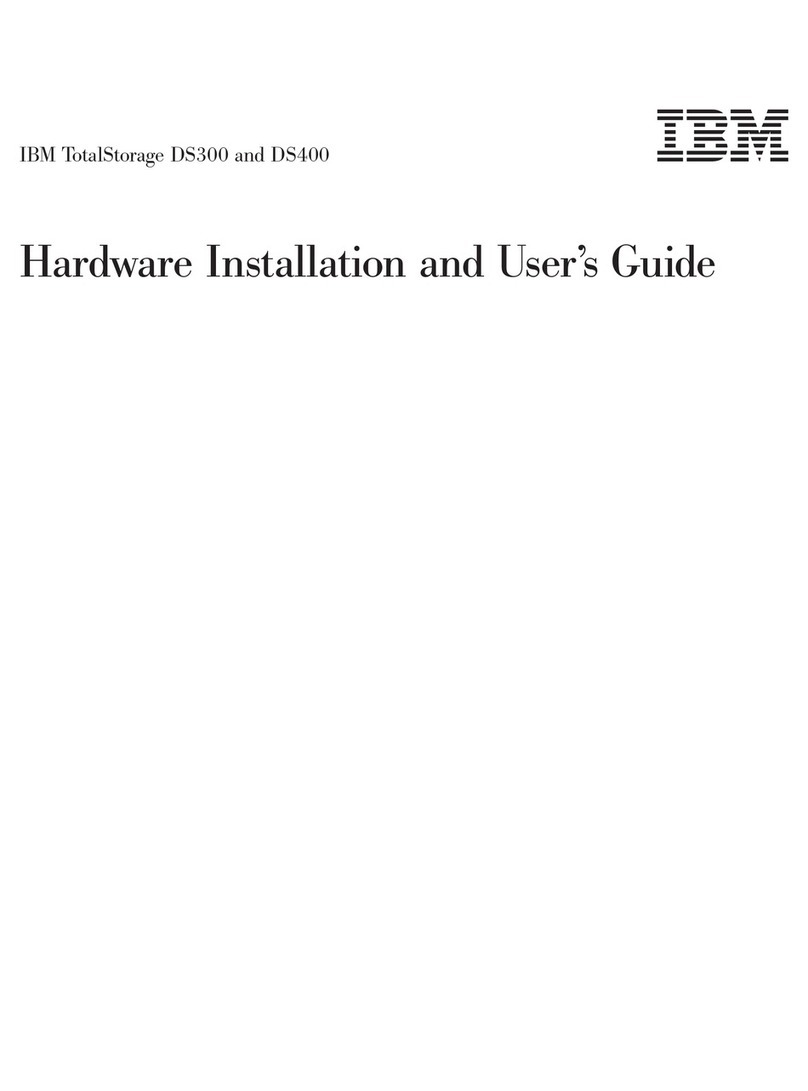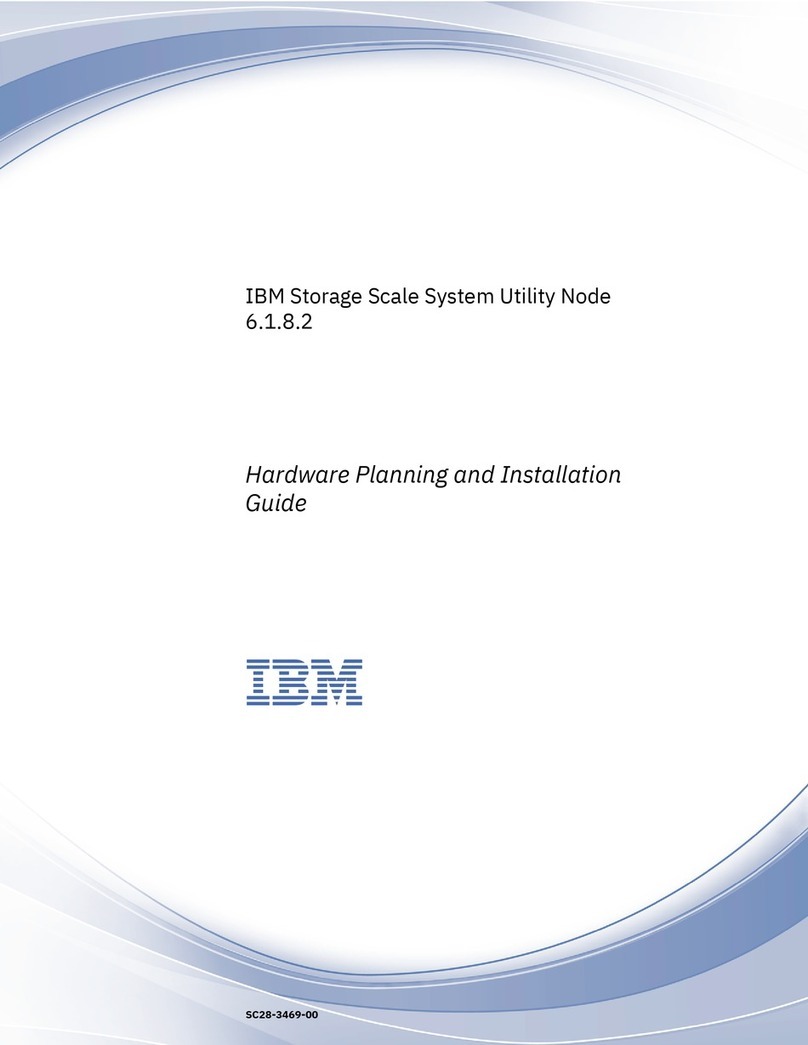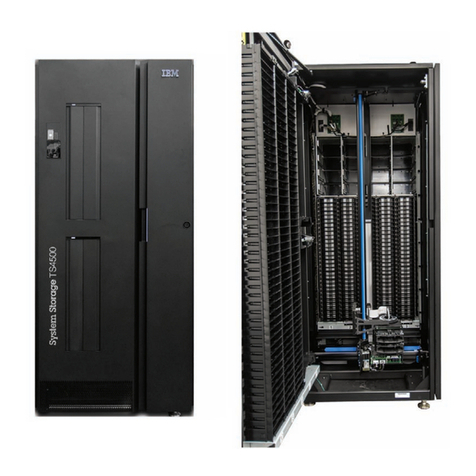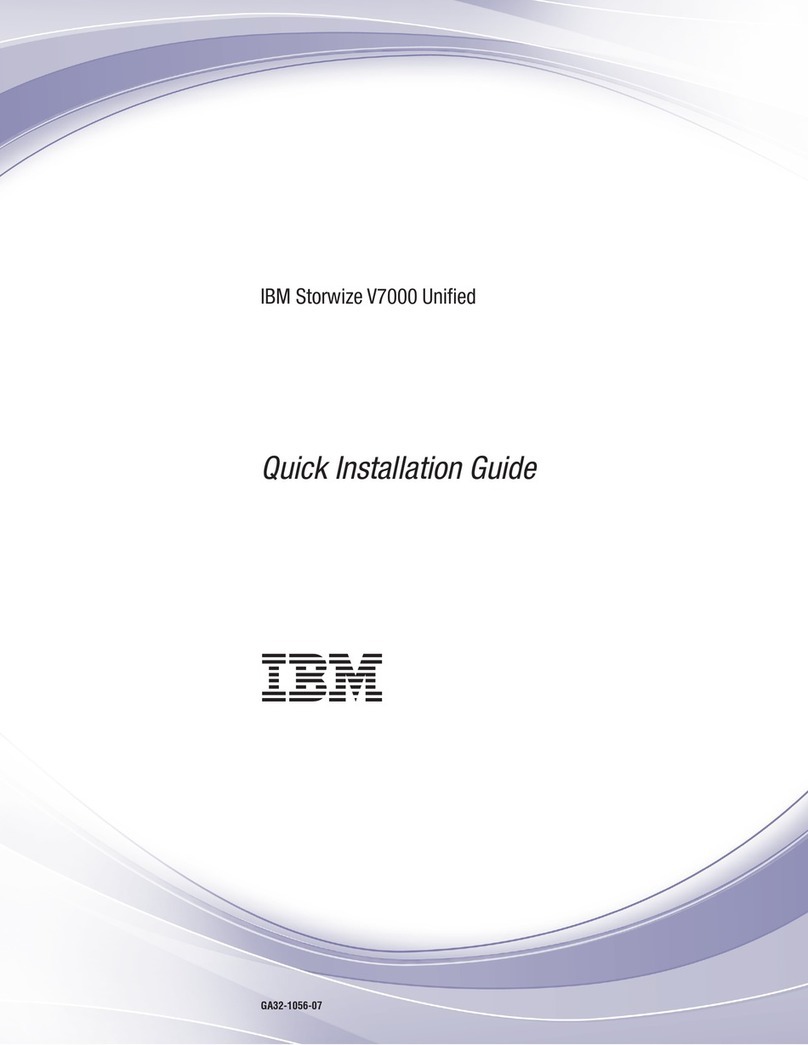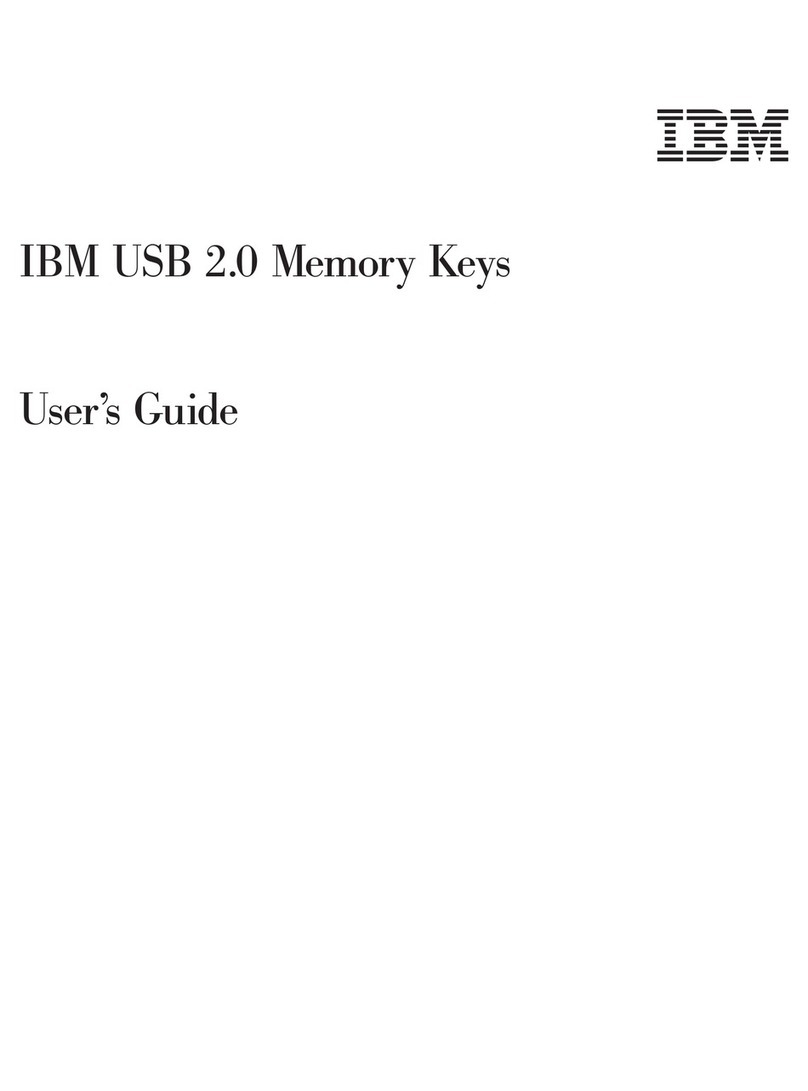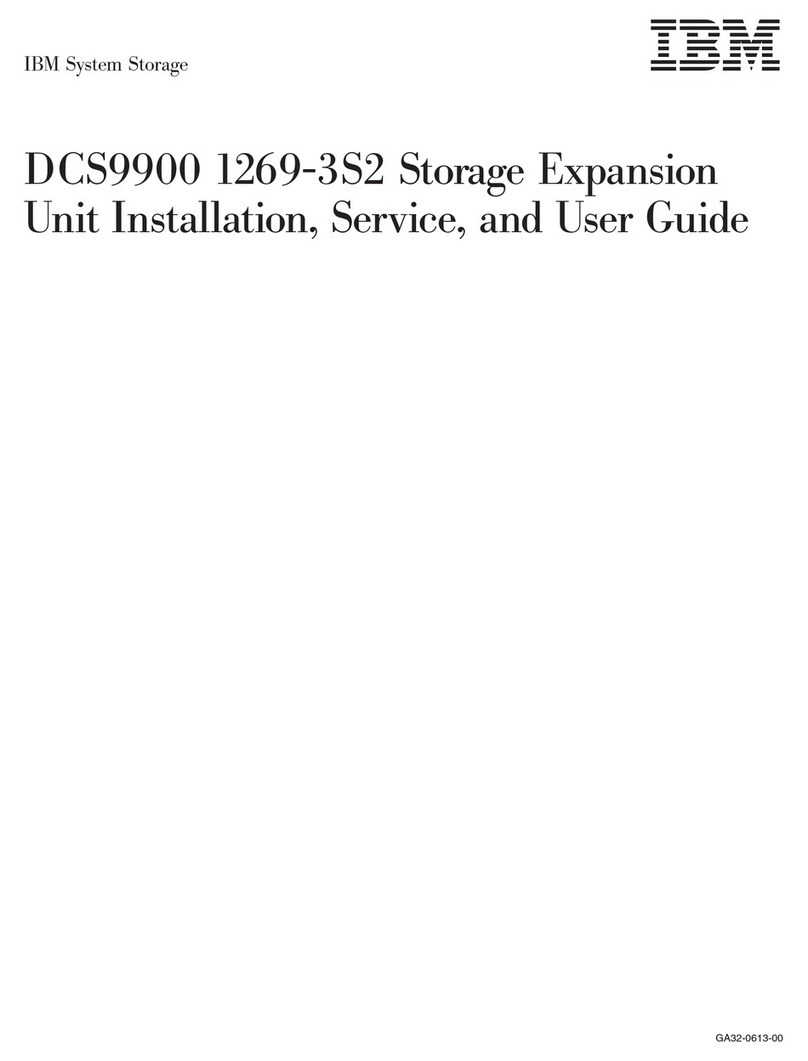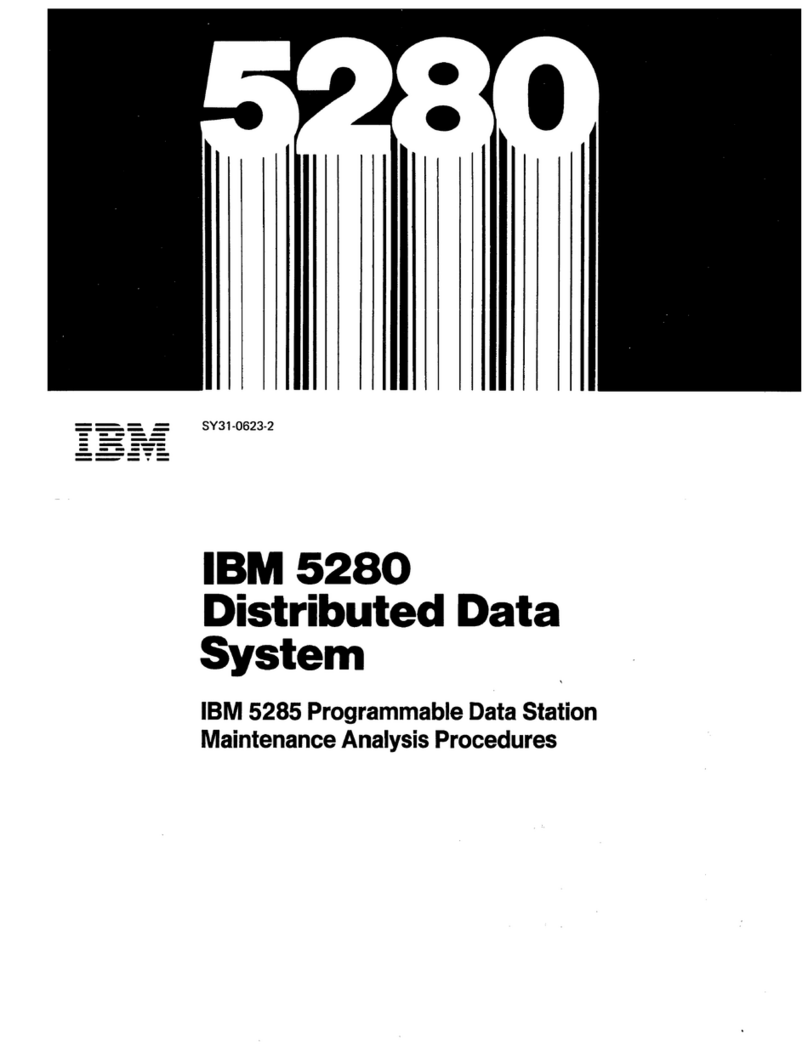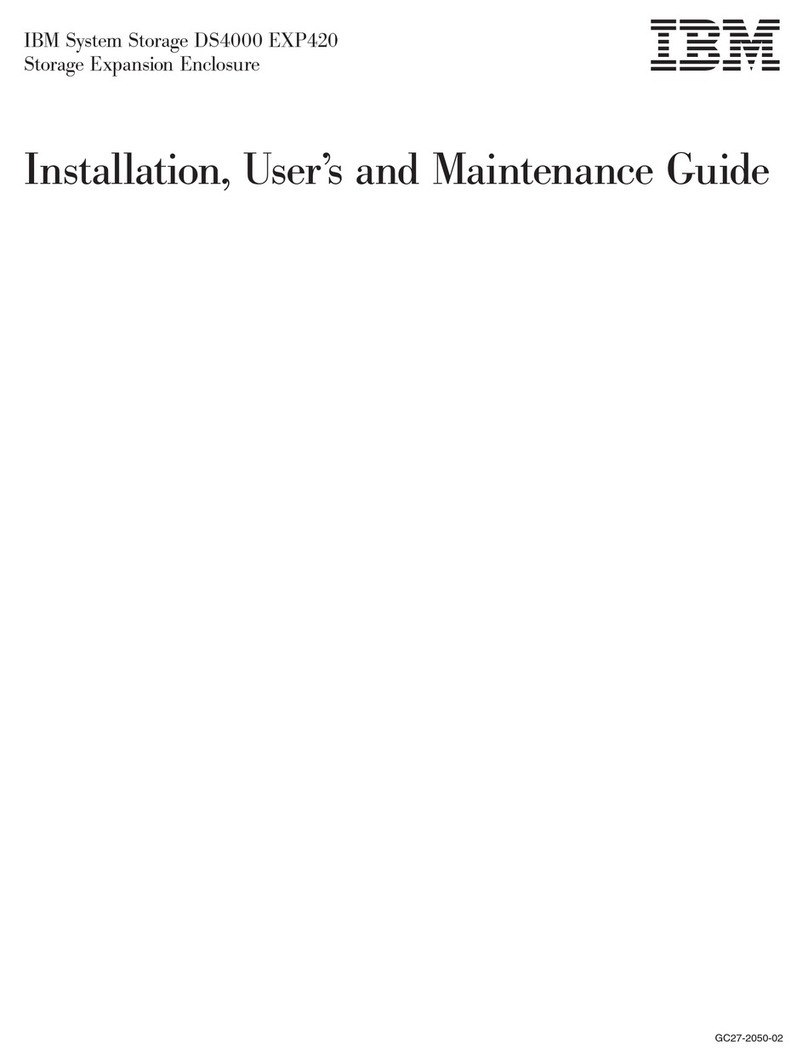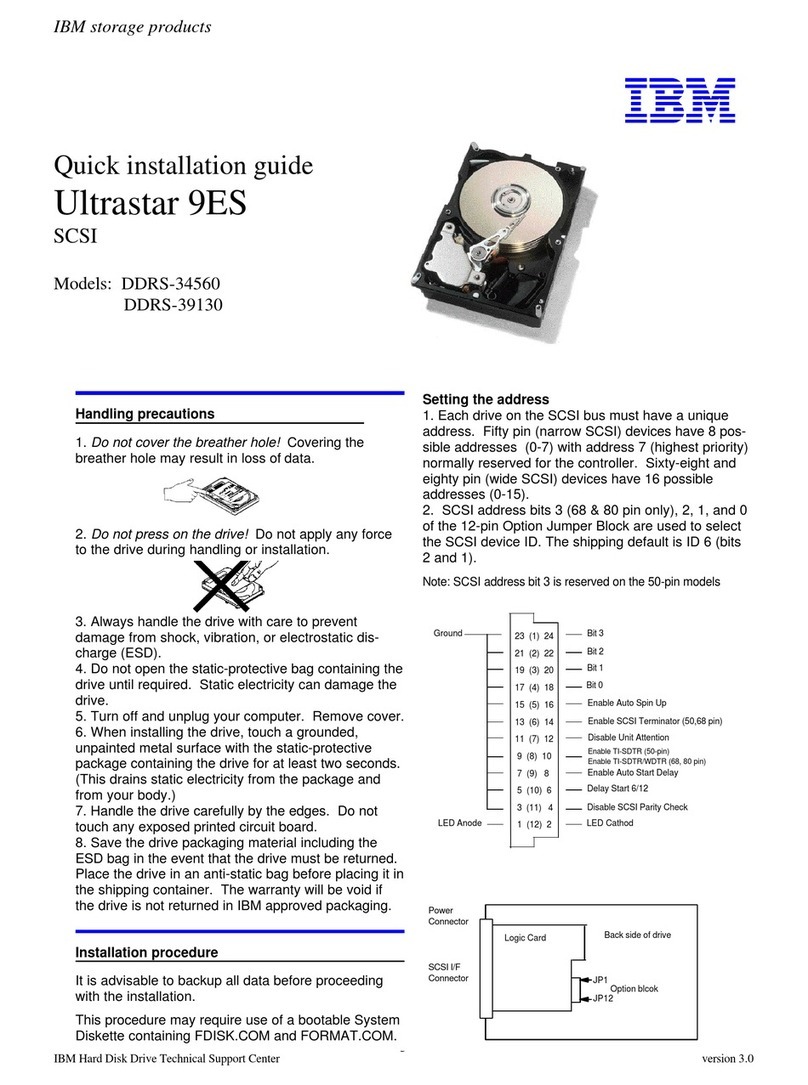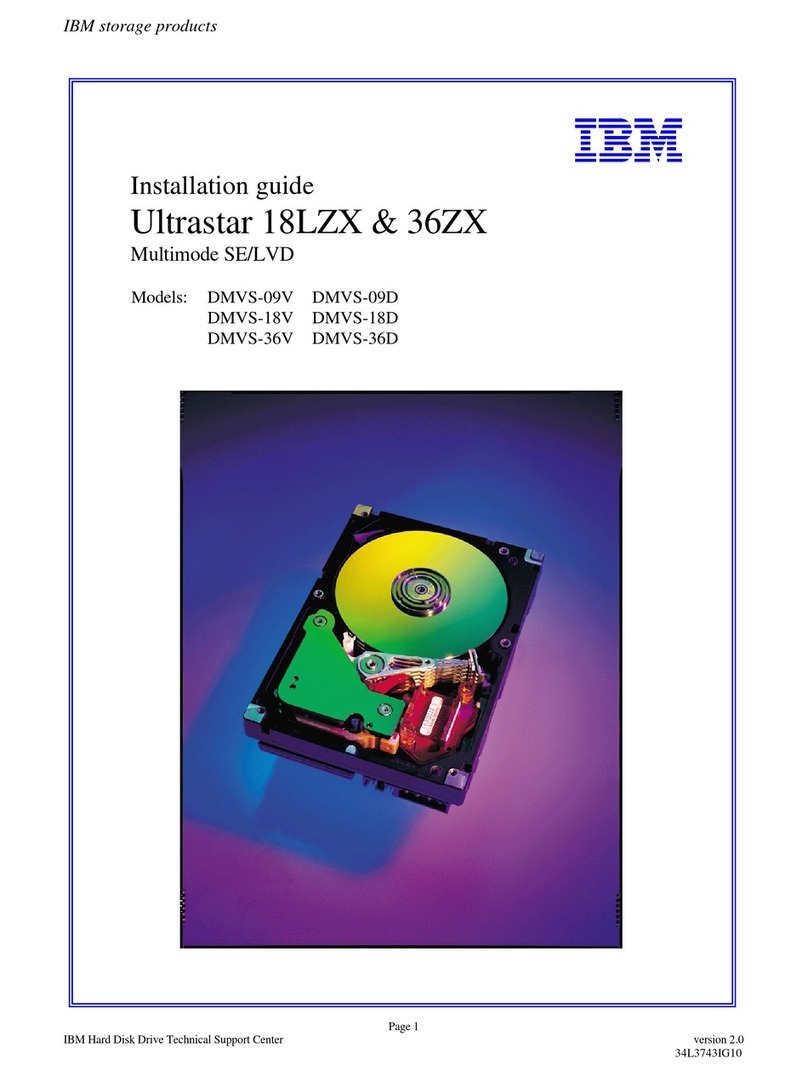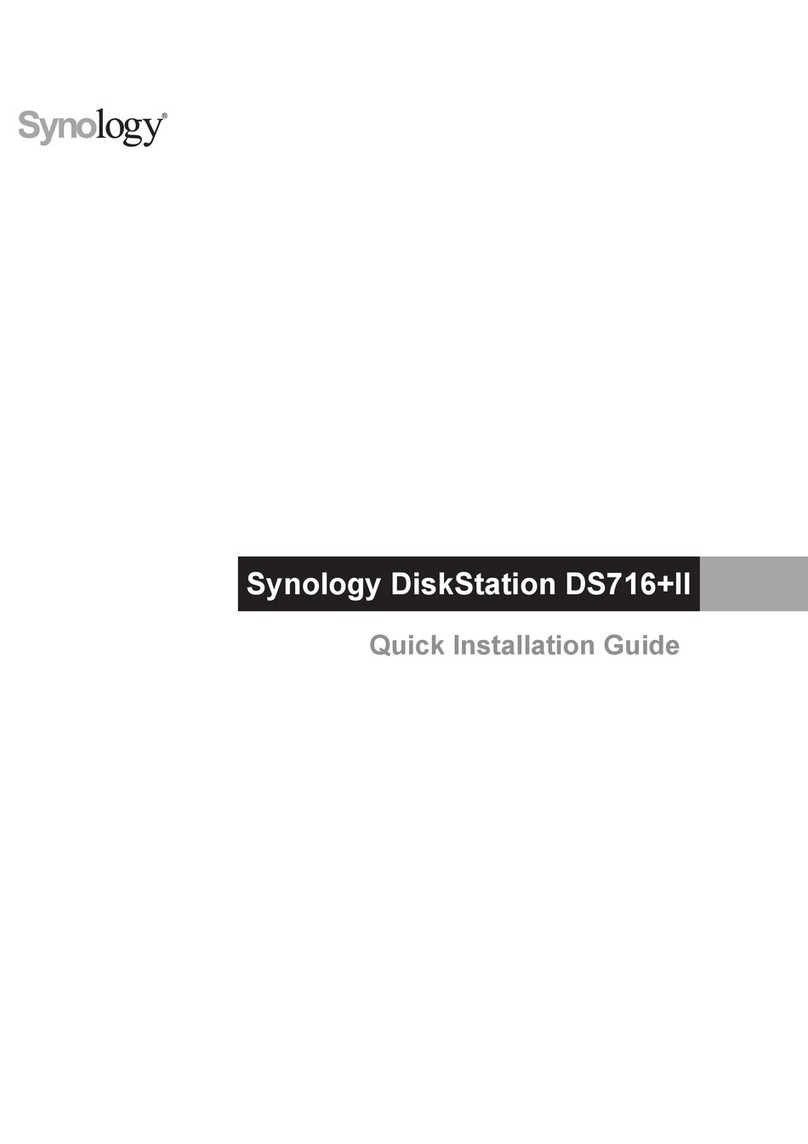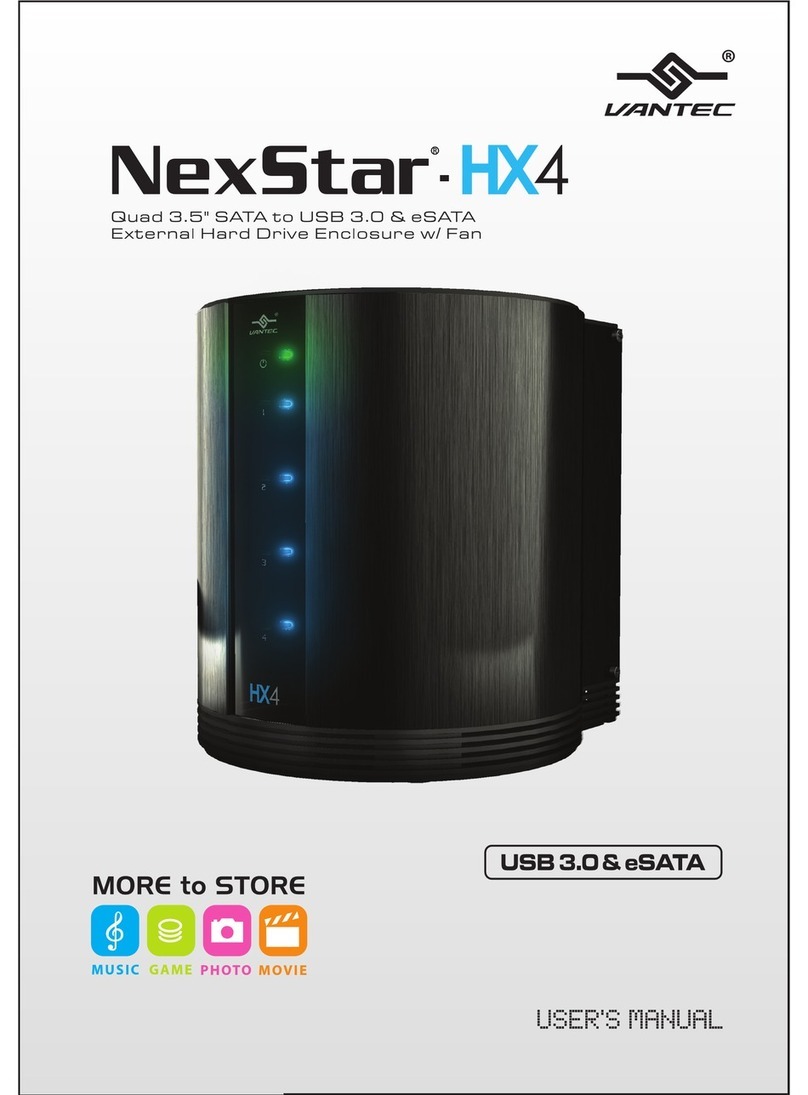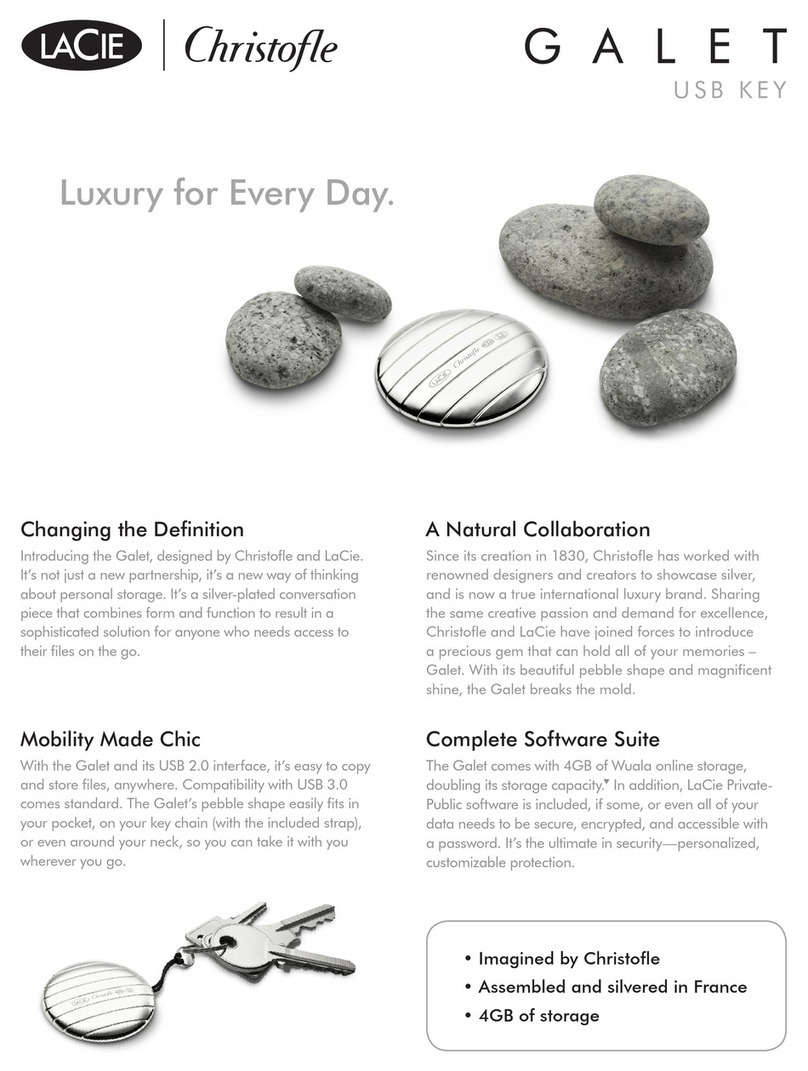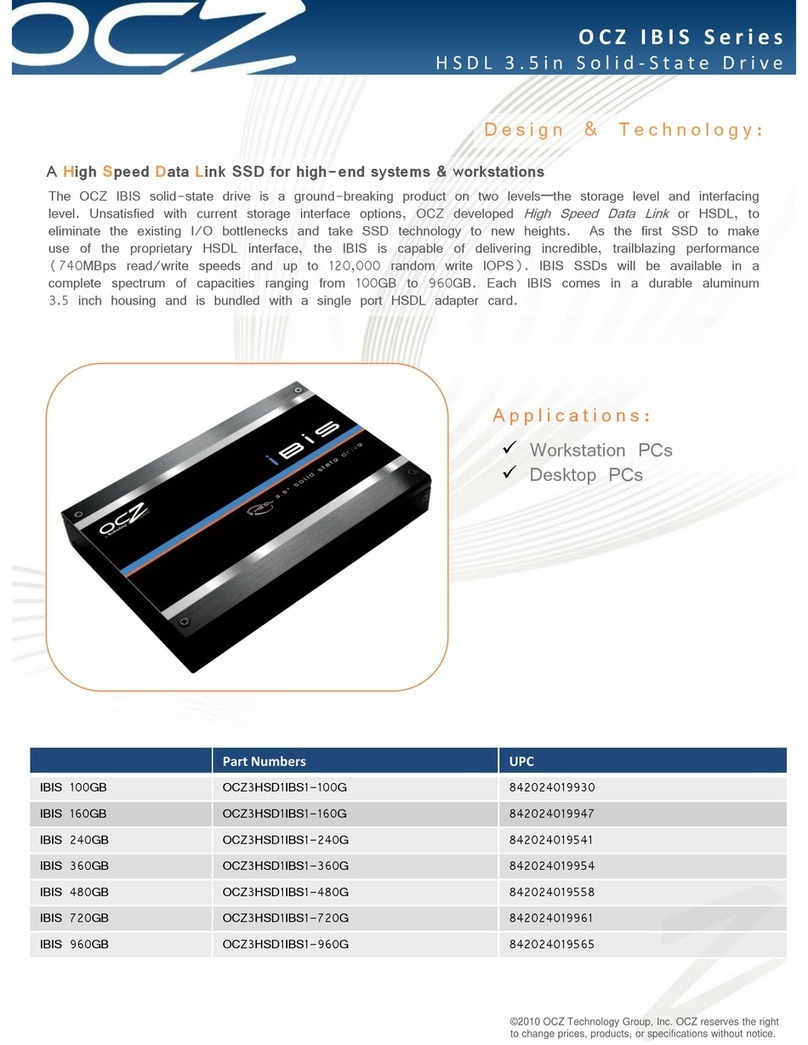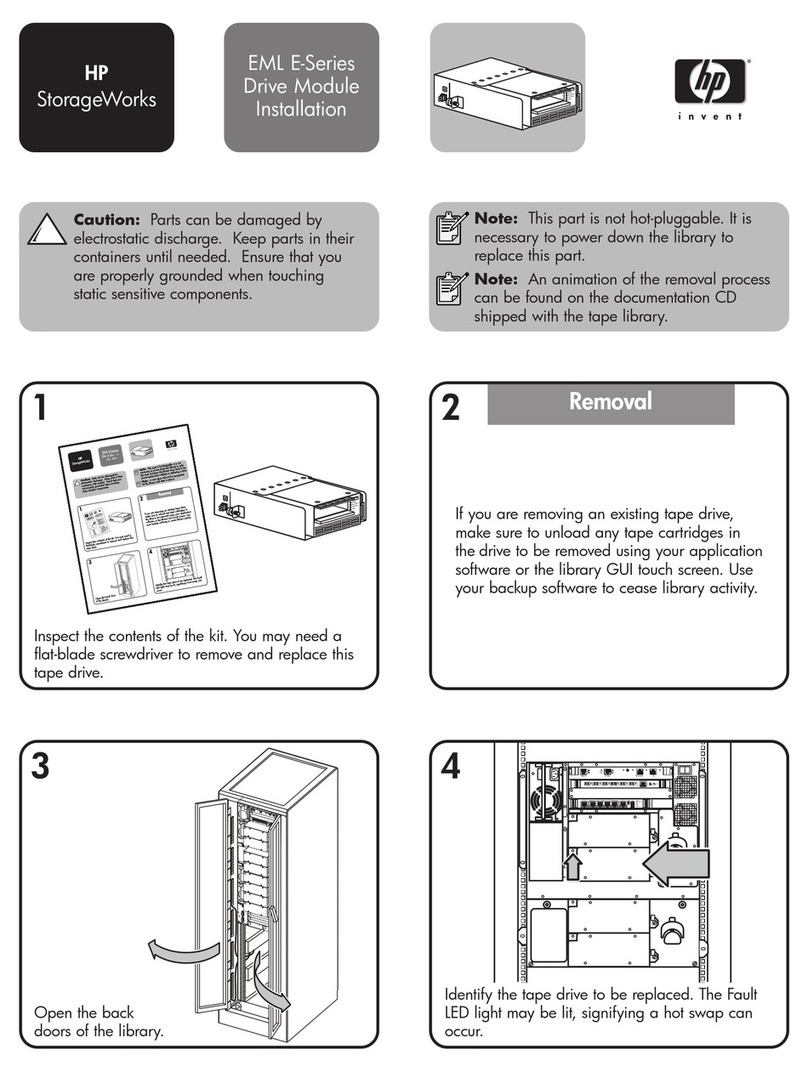
©2008 The Tod Point Group www.TheTodPointGroup.com Page 4
performance and over provisioning wastes money. Moreover, when workloads vary over
time, users cannot dynamically shift these dedicated resources.
Performance in multi-node configurations is interesting. In IBM’s case, three nodes can
behave like one big node offering three times the number of virtual tape drives and
roughly three times the performance. Of course, Sun also scales when more nodes are
added, but each node is treated and managed as an individual node.
Data De-Duplication
Data de-duplication has emerged as one of the hottest technologies in the market today
and virtual tape is a prime opportunity. However, neither IBM nor Sun offers data de-
duplication for their mainframe virtual tape solutions. Sun recently announced a deal
with Diligent Technologies, but this is just a reseller agreement and not an OEM
agreement. Thus, as things stand today, Sun cannot integrate Diligent’s software into its
VSM.
IBM, on the other hand, has had various forms of data reduction running for years in its
Tivoli Storage Manager (TSM) and although TSM formed the software basis for the
previous IBM virtual tape servers, the TS7700 has purpose built firmware. Moreover, we
expect IBM to introduce native data de-duplication for TSM within six months or less.
We believe IBM is developing its own data de-duplication core technologies and is
expected to deliver this function in offerings across its portfolio including, of course, the
TS7700.
Green Storage
If we compare a maximally configured virtual tape system, IBM’s TS7700 uses roughly
16% less energy than Sun’s VSM5. What’s more, when comparing a total solution
including virtual tape server, tape drives and tape robots, then IBM has half of the
energy costs of Sun.
Content Management and Tape File Systems
A most subtle jewel lies at the center of IBM’s new Tape Grid architecture and it begins
with virtualizing the location of a virtual volume.
Today, we could say a real-tape file system comprises the tape catalog which relates
tape file names to a particular real-tape volume, a real-tape management system which
tracks the location of real tapes and an I/O subsystem to read and write tape data. All of
this software runs on the mainframe and is not very integrated. Moreover, such a file
system never knows that a file has been directed to a virtual volume in a virtual tape
subsystem and is actually living on disk or on a different real-tape volume than the
catalog indicates.
Enter content management where users want to index the contents of existing tape
files. It makes little sense to index existing tape data on the mainframe where often a
huge number of tapes would have to be located, brought to the mainframe(s), mounted,
read and indexed. Instead, why not distribute that function to an outboard platform such
as a virtual tape server where the work can be spread over multiple servers that, in
IBM’s case, know the real physical location of every tape volume. If the indexing
function is added to the TS7700, for example, tapes do not have to be moved. A tape at
